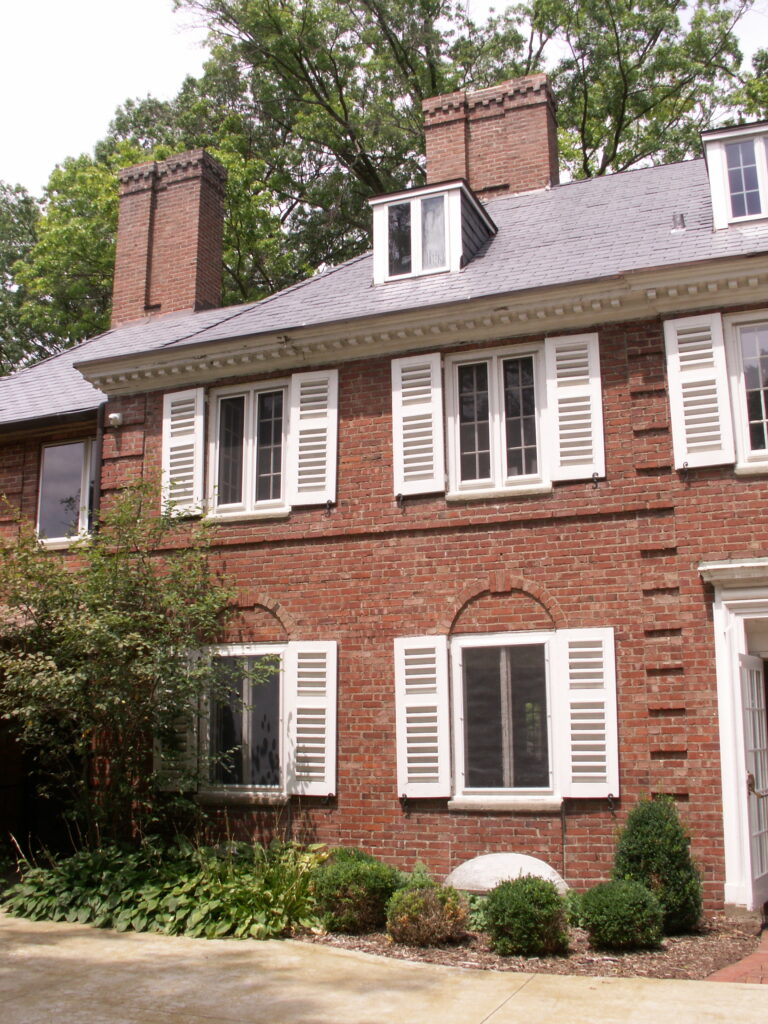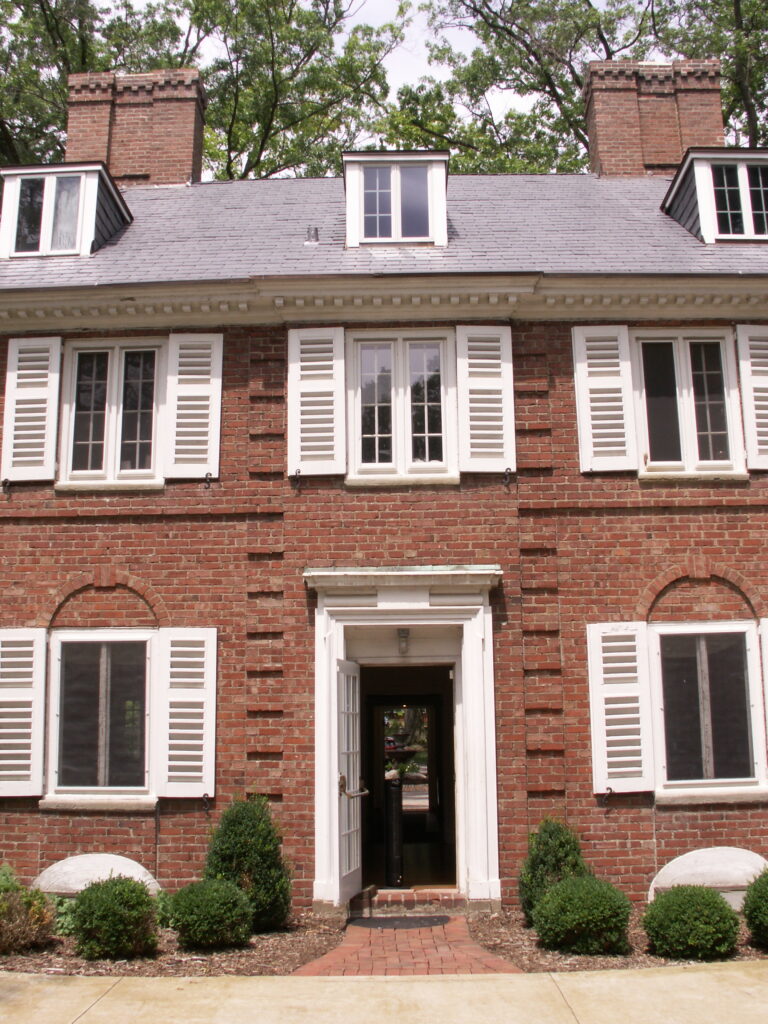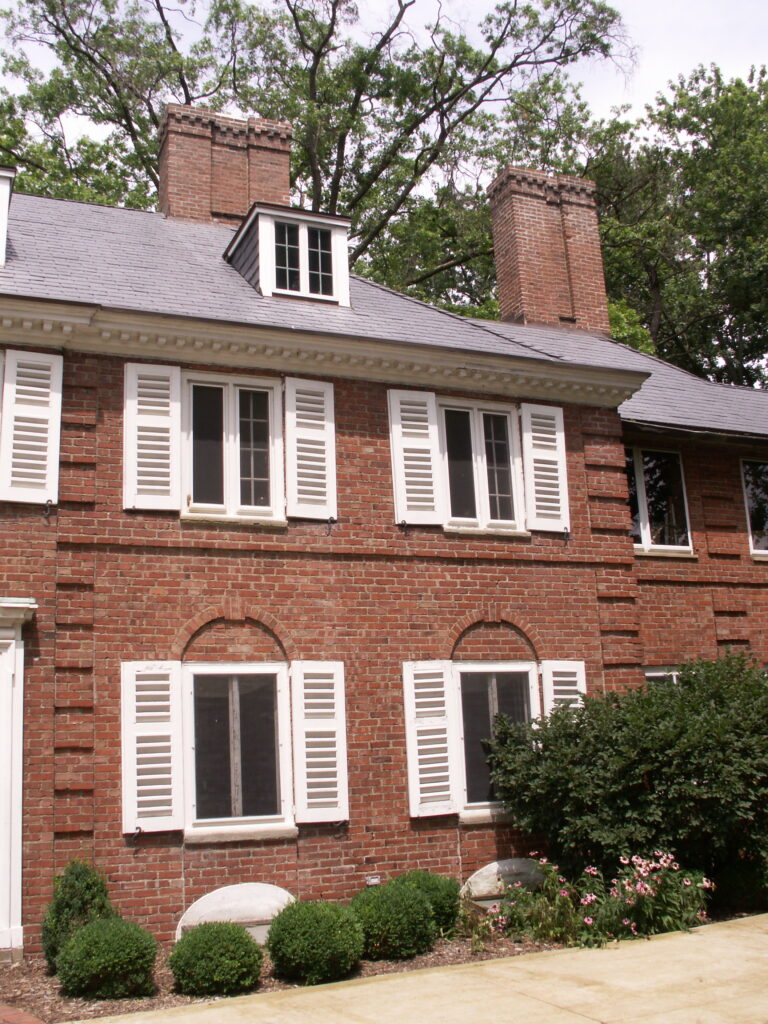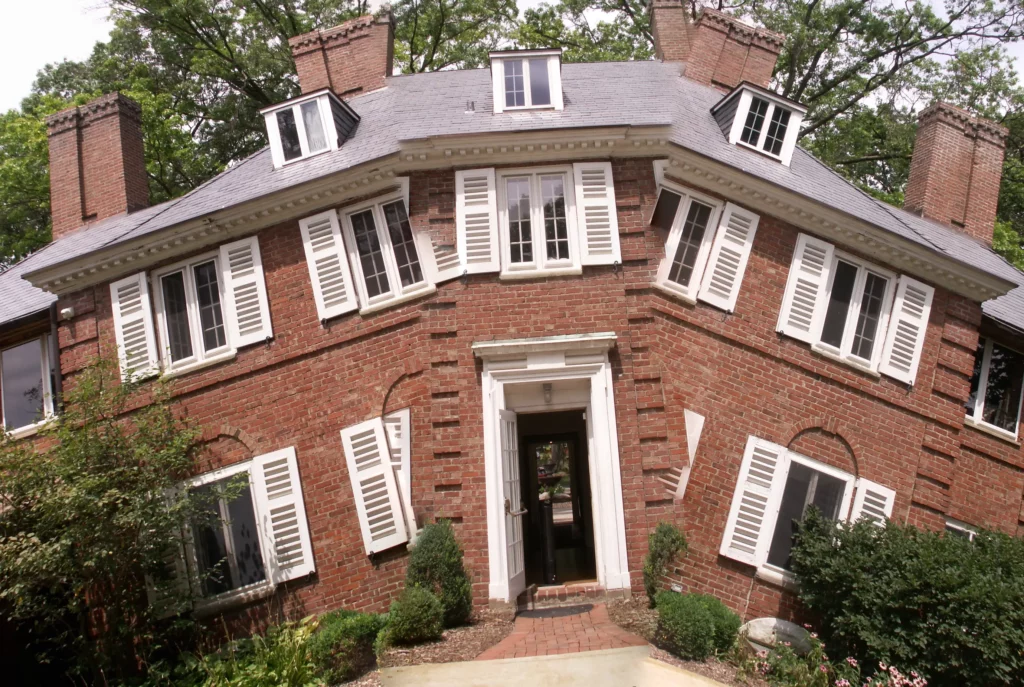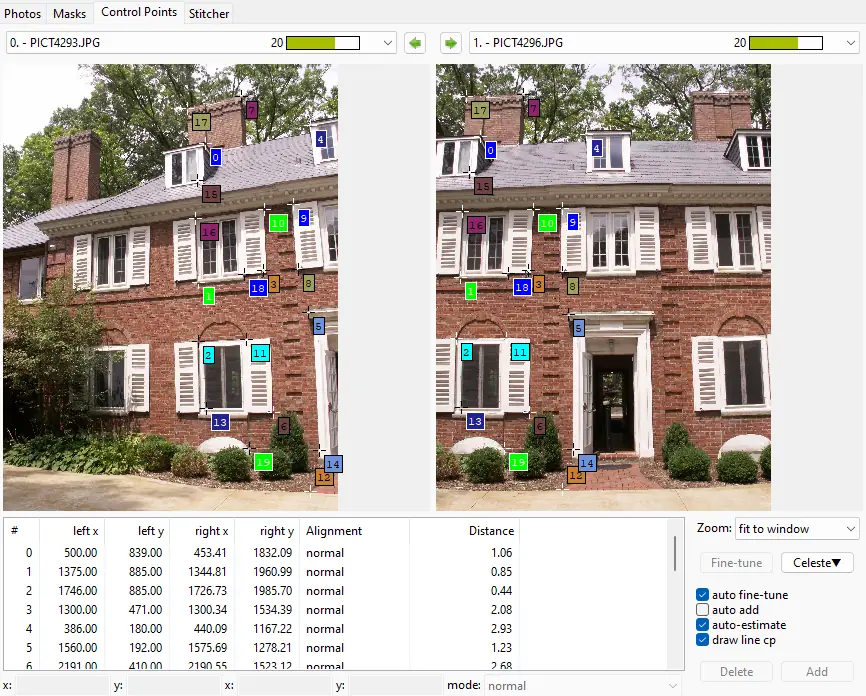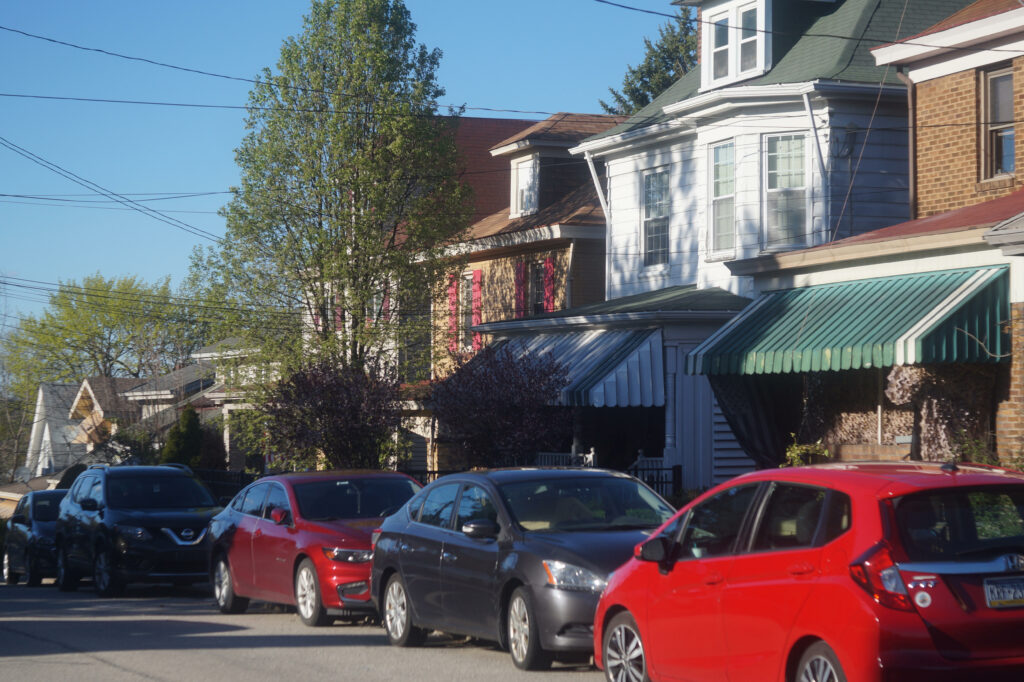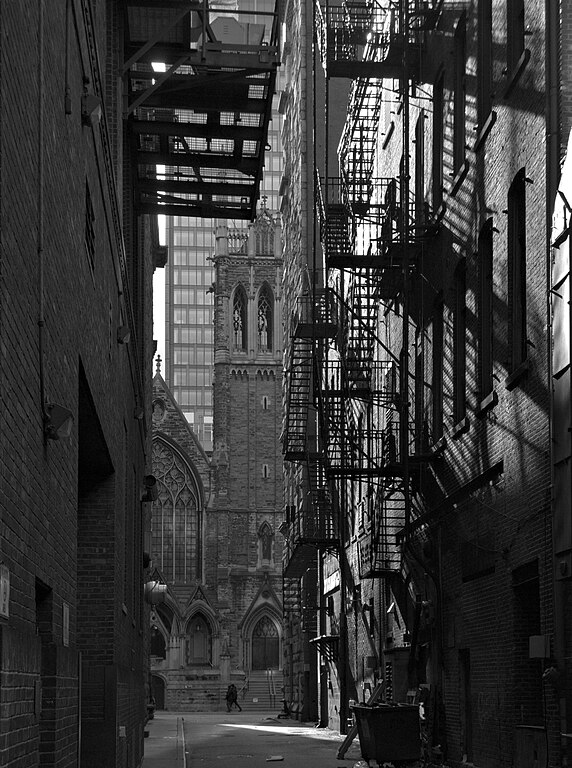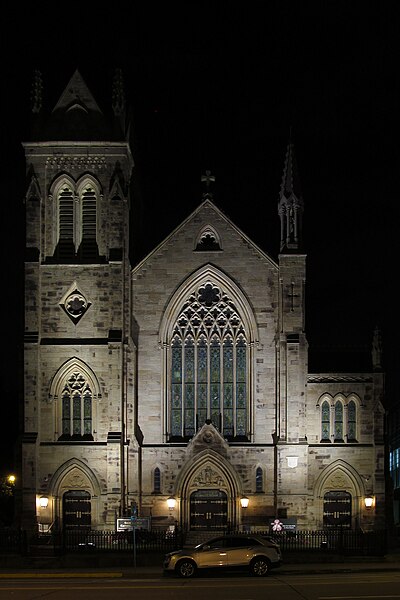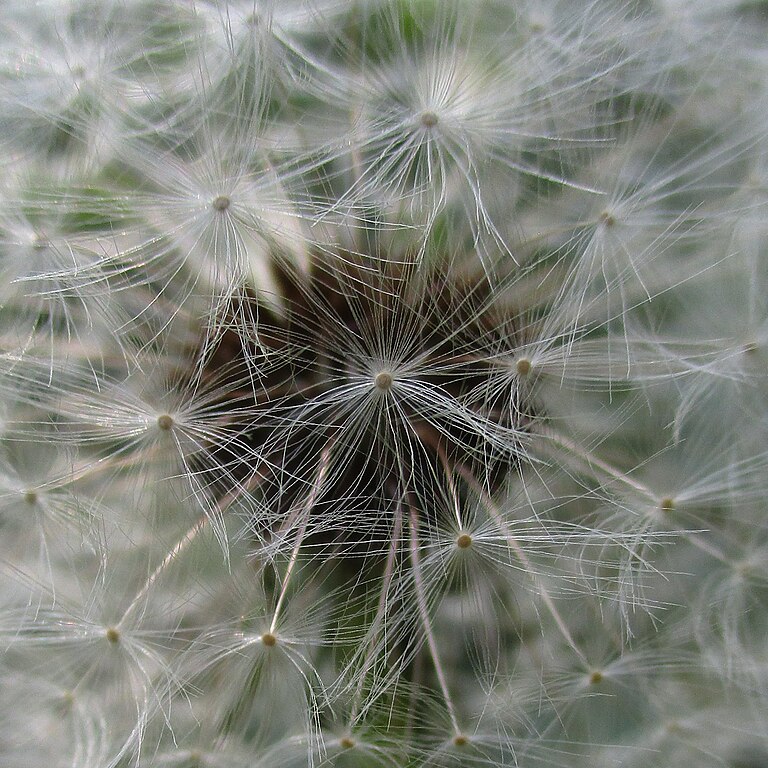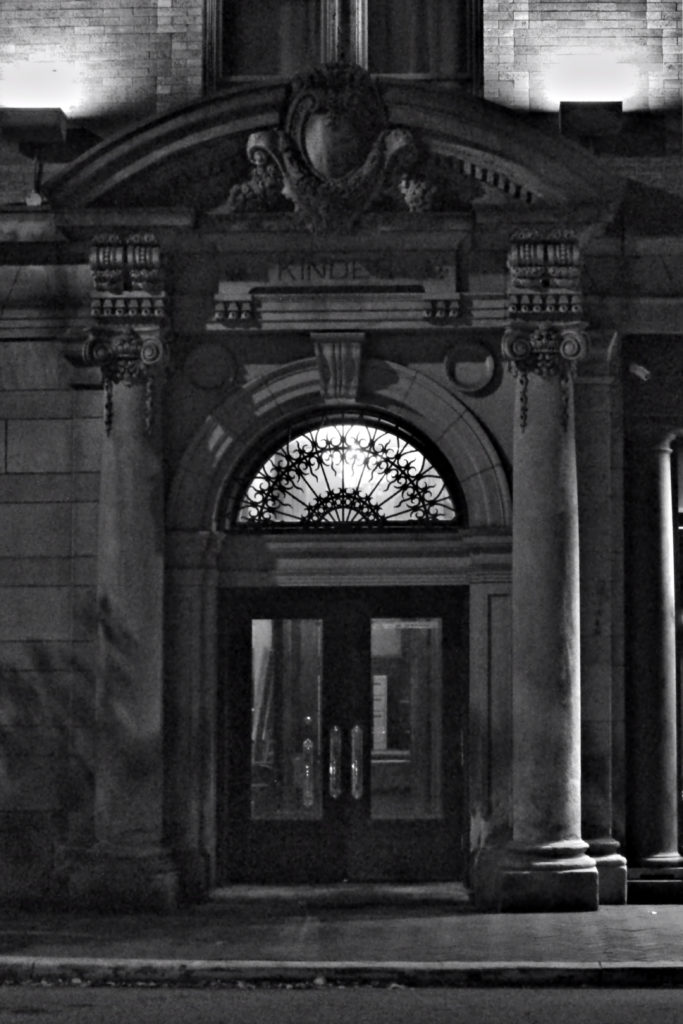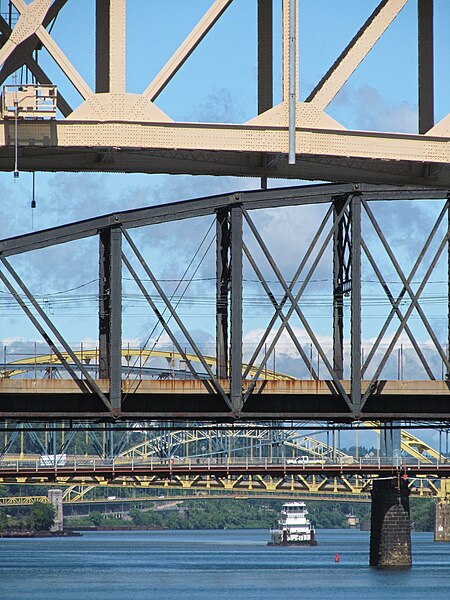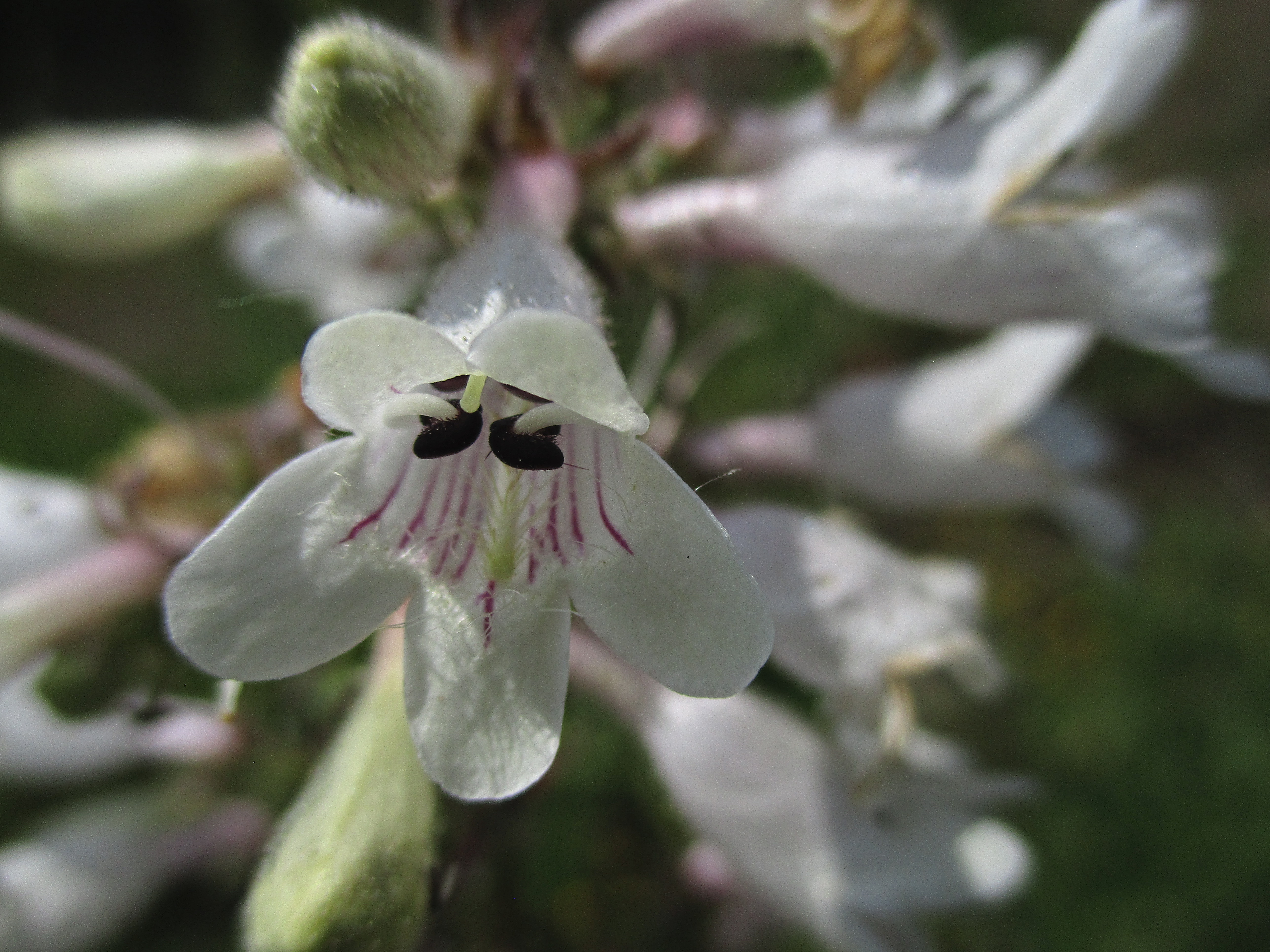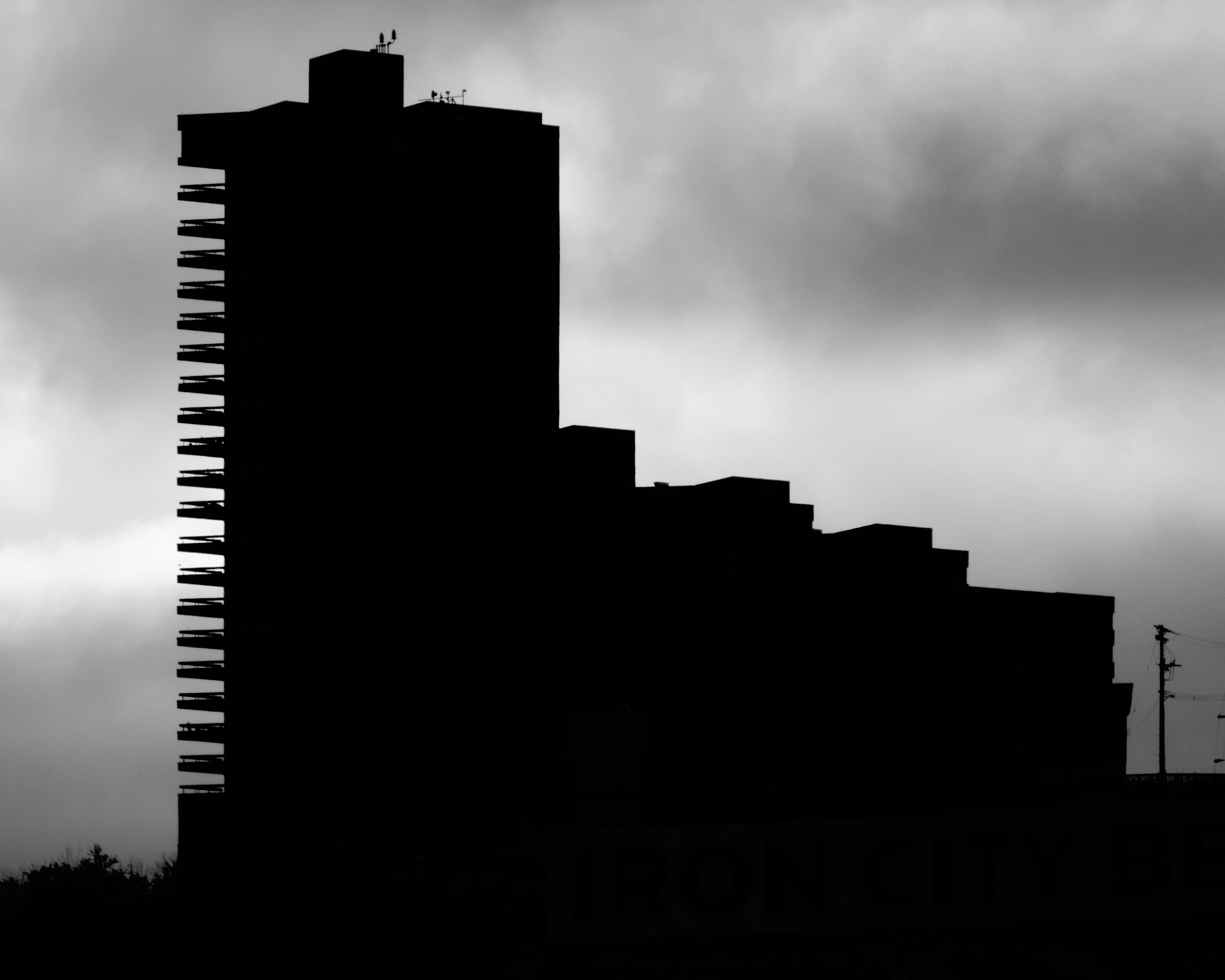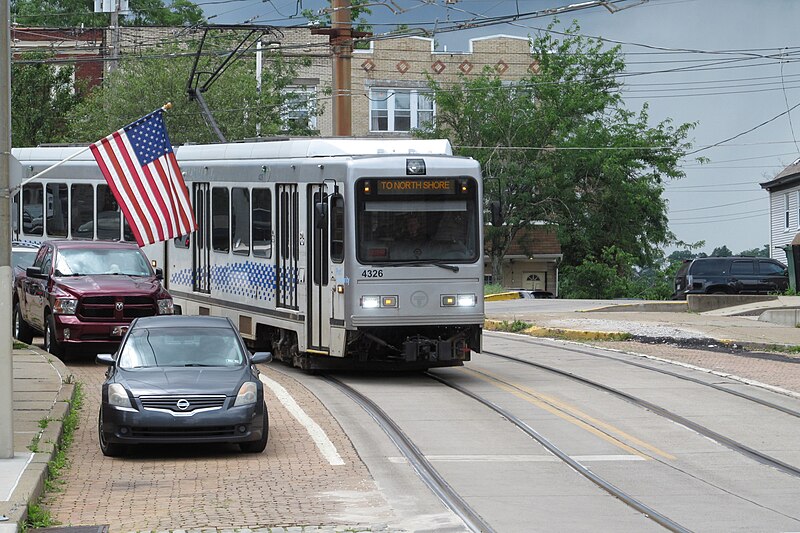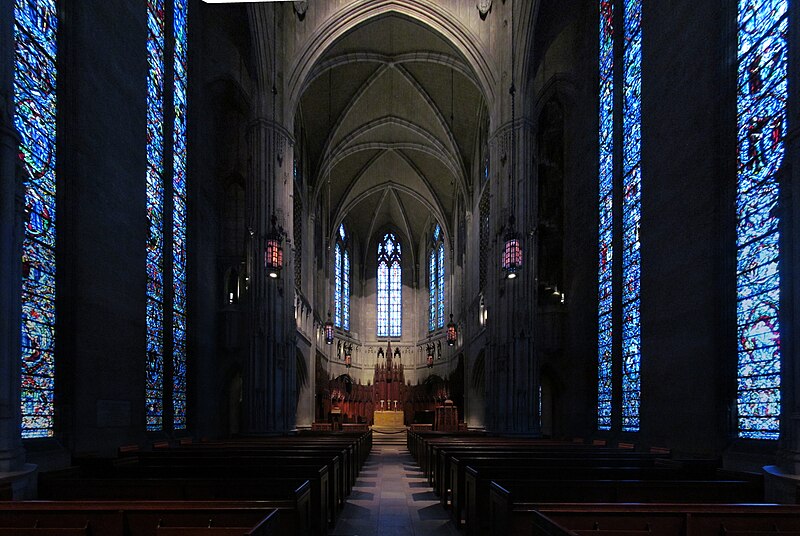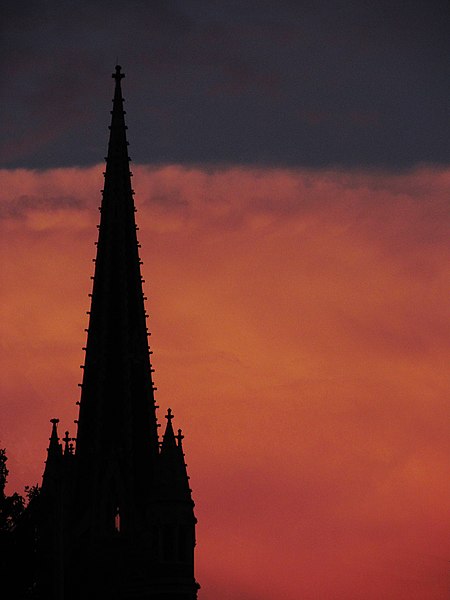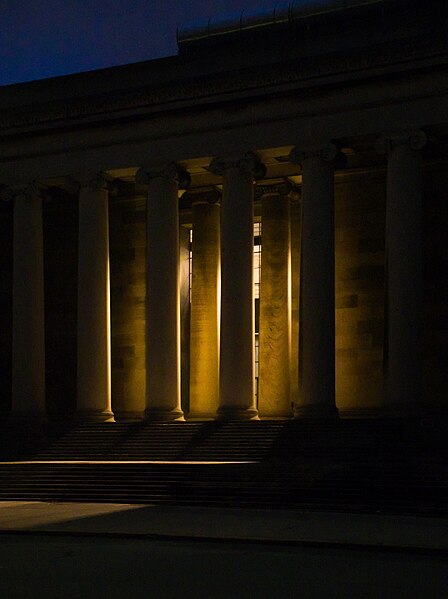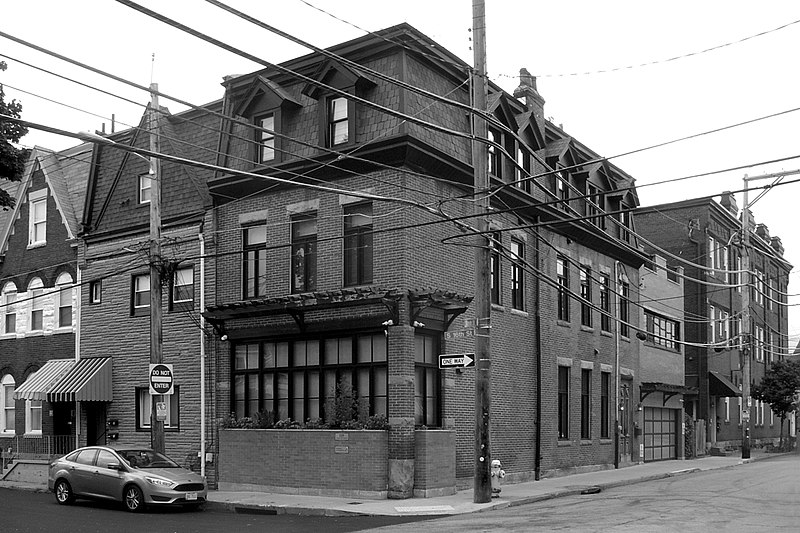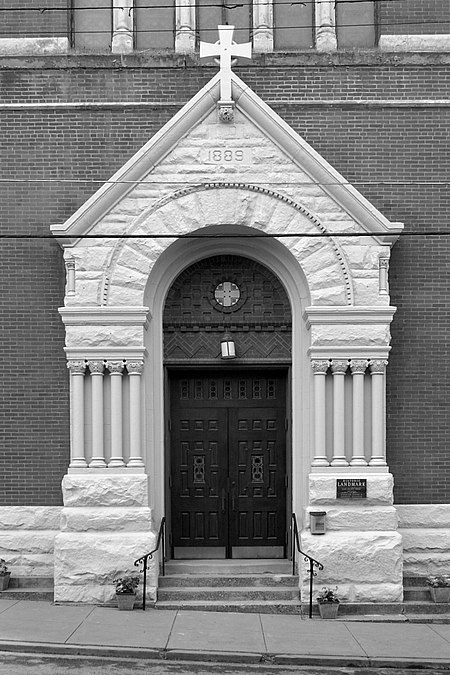
The lobby of One PPG Place. Father Pitt has decided to round up a random number (twenty-nine, as it turns out) of pictures from 2024 that he thought had exceeded his usual standard, and here they are to goad him into doing better next year.
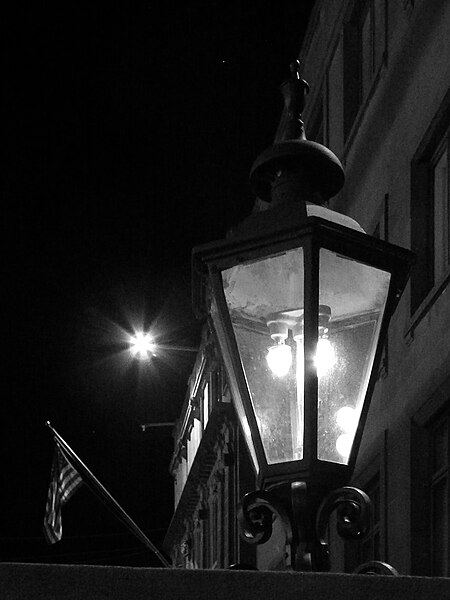
Lantern in Allegheny West.

St. Bernard’s Church, Mount Lebanon.

House in Virginia Manor, Mount Lebanon.

Liberty Avenue from Seventh Avenue.
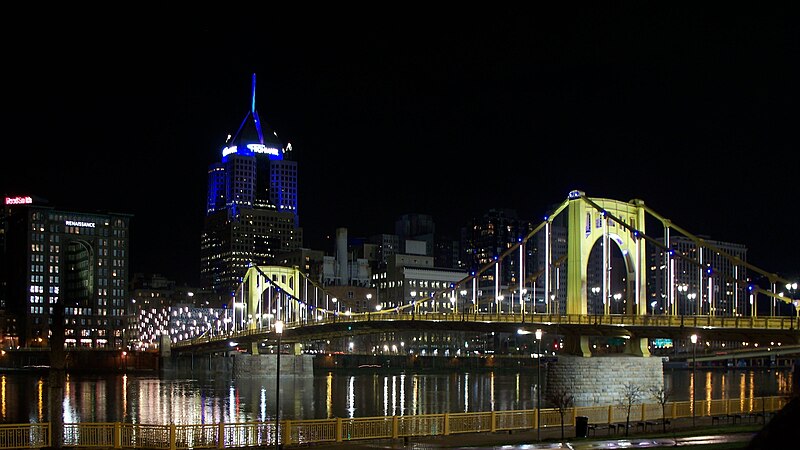
The Sixth Street or Roberto Clemente bridge.

Fern fiddlehead.

Fourth Avenue bank towers.

Dandelion seeds.
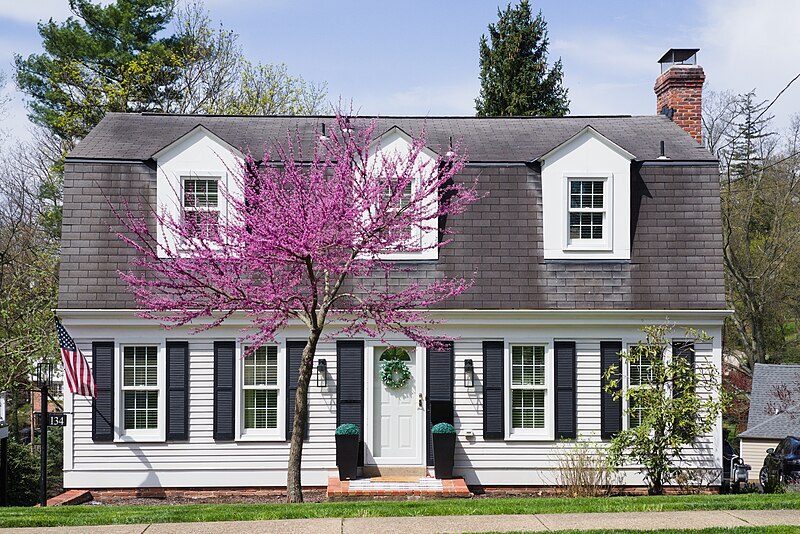
House in Seminole Hills, Mount Lebanon.

Evening sun on the Donahoe’s building.

A panorama of the skyline from Mount Washington.

Entrance to the Union Trust Building.

The Logan-Gregg Hardware Company building, designed by Charles Bickel. This composite of six photographs produced a very good architectural elevation of the façade.

Alcoa Corporate Center.

Liberty Center.
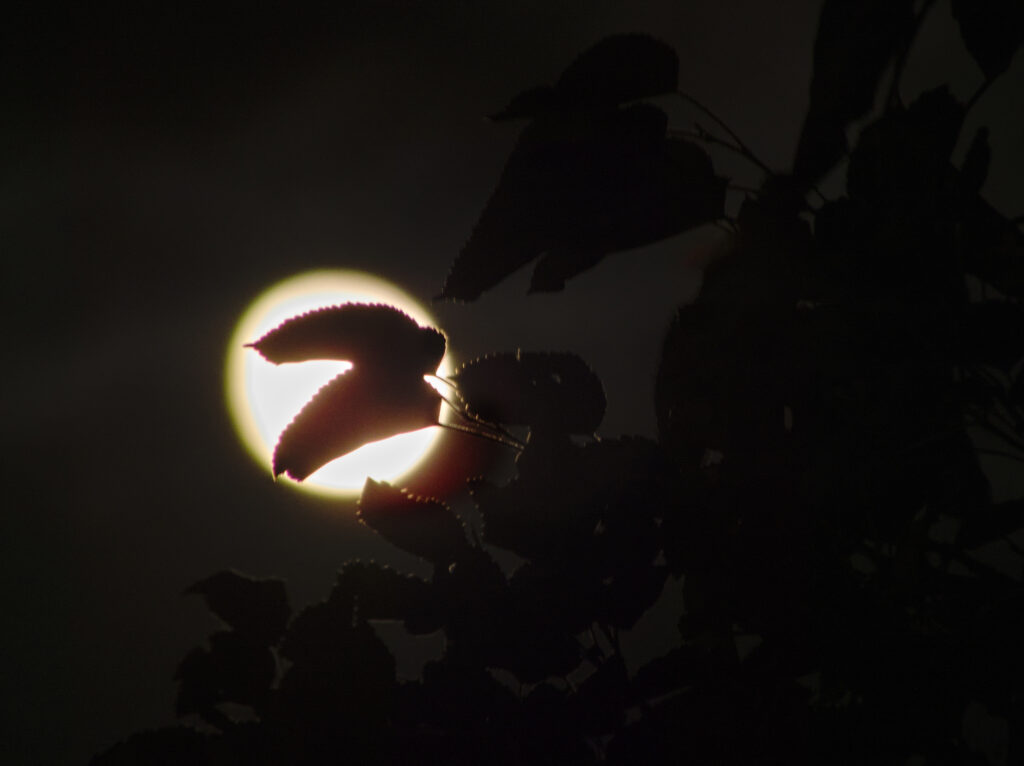
Tree and moon.

A gravedigger at work behind the grave of Andy Warhol.

Hilltop neighborhood with misty skyline.

Flax (Linum usitatissimum).

Union Church in Robinson Township.

Abstract forms in the Gateway subway station.

Fall colors at Gateway Center.

This picture of tombstones in Clinton Cemetery was taken with an Argus A, which is going on 90 years old, on Kentmere Pan 100 film, and developed in a monobath. It was meant to be a picture for Halloween, and it succeeded in creating exactly the right mood.

Armstrong monument in the South Side Cemetery.

A Novembery picture of a stairway on Acorn Hill.

The back slopes of Mount Washington, seen with a long lens from Beltzhoover.

The roofline of the Haller Baking Company building in Emsworth.

A picture of some houses on Baywood Street in East Liberty. It looks like nothing special, but that is the point of it. It illustrates the streetscape very well, and in composition and color it is one of Father Pitt’s favorite pictures to look at.



